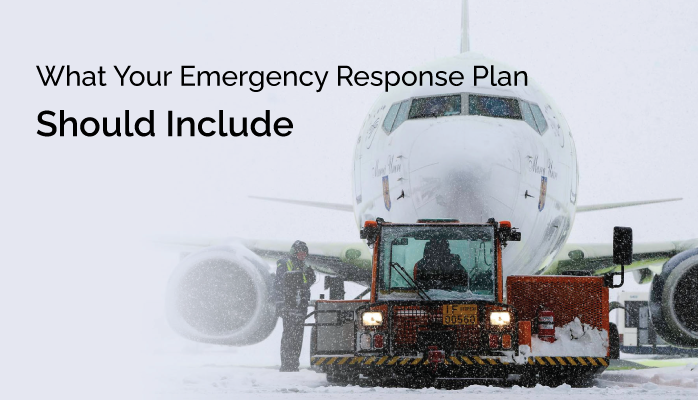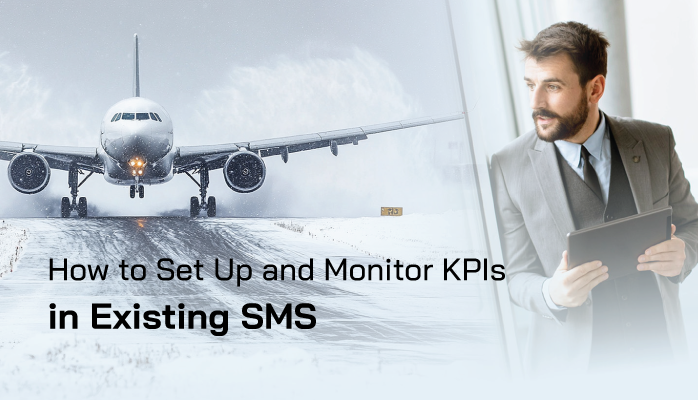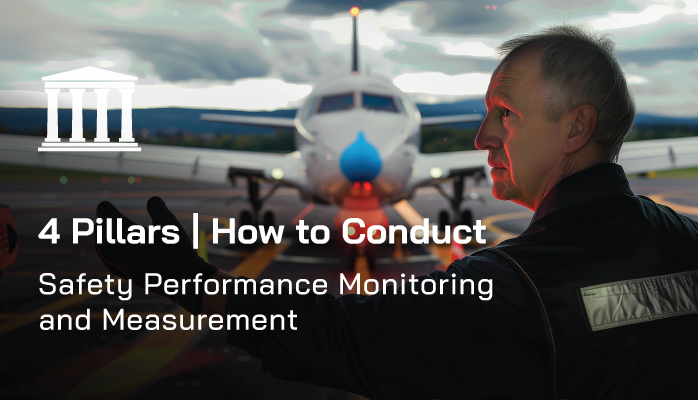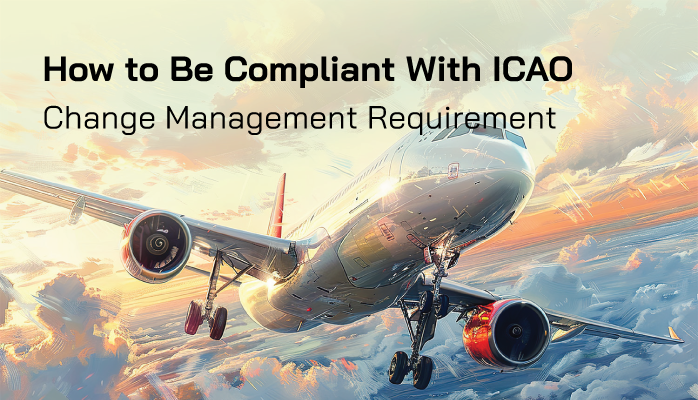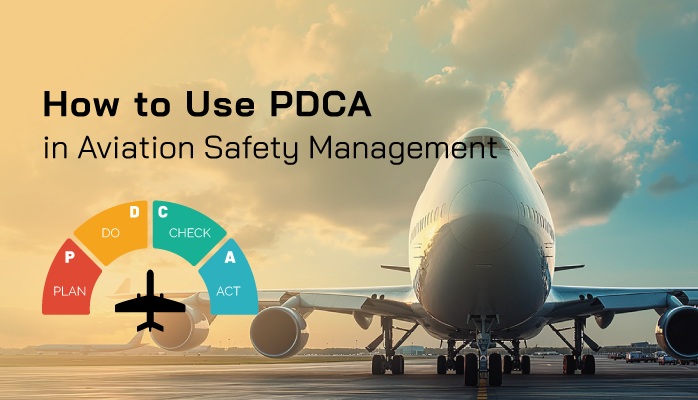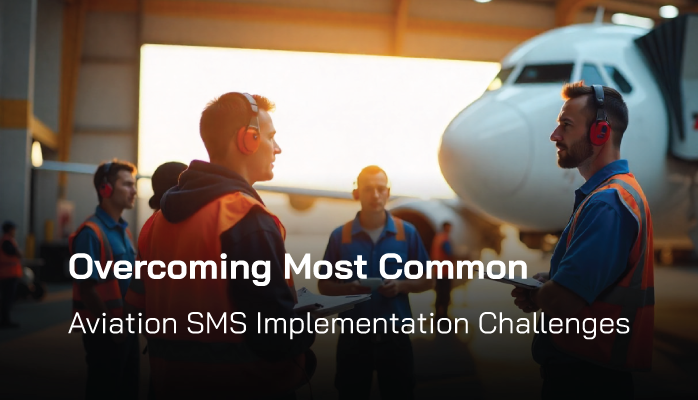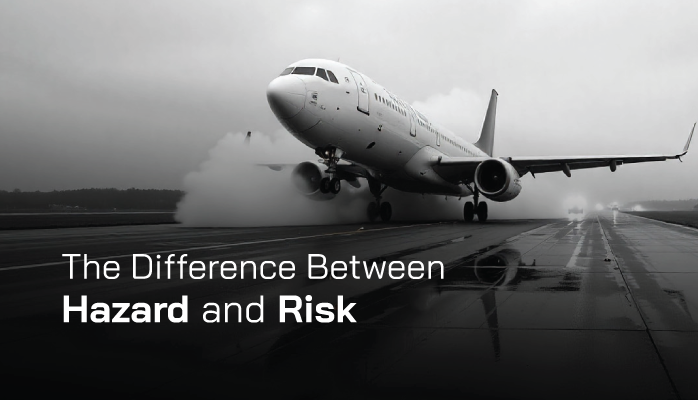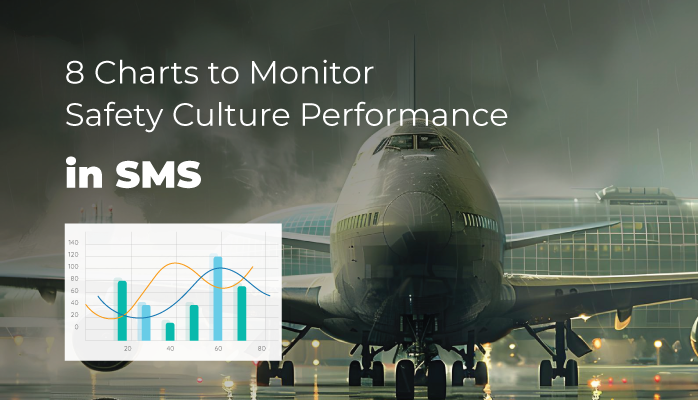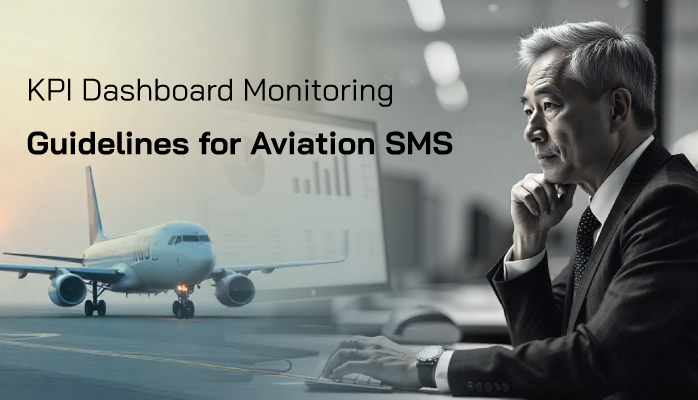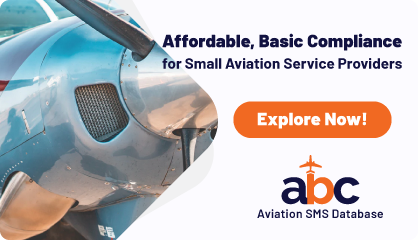What Is an Emergency Response Plan (ERP)
The actions employees take immediately in response to an emergency will greatly affect the outcome of the emergency. In such situations, employees’ actions may largely be the deciding factor between catastrophic consequences and a scary but benign outcome.
Consequences can be
- financial,
- environment,
- material, or
- personal (i.e.) loss of life.
